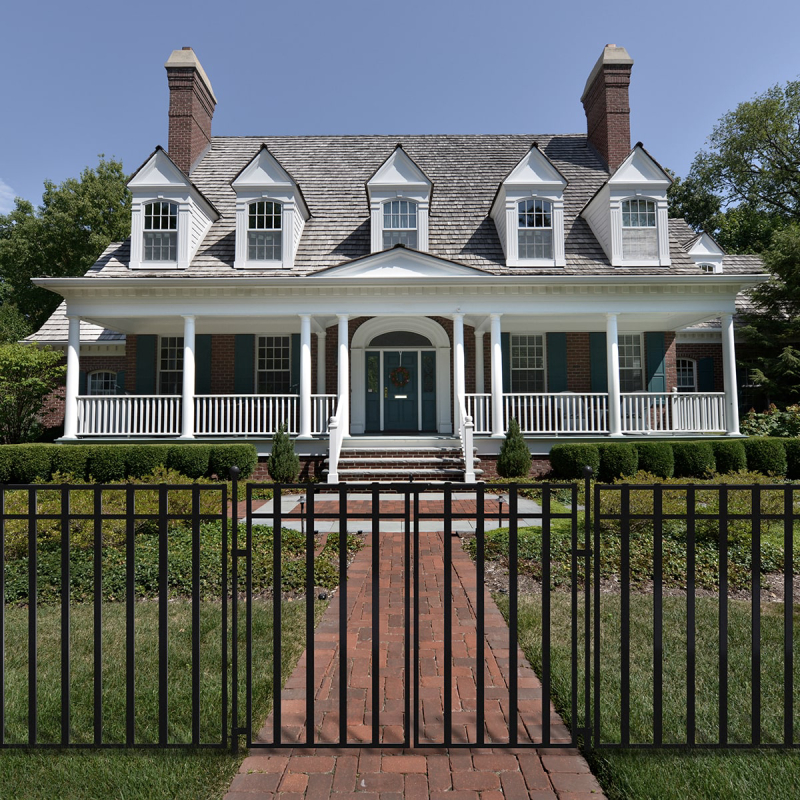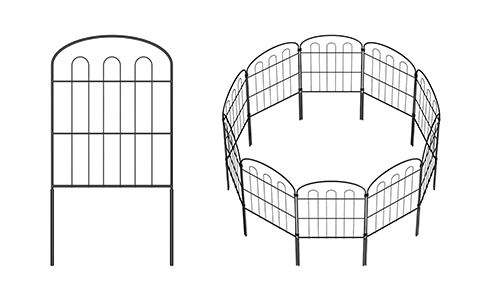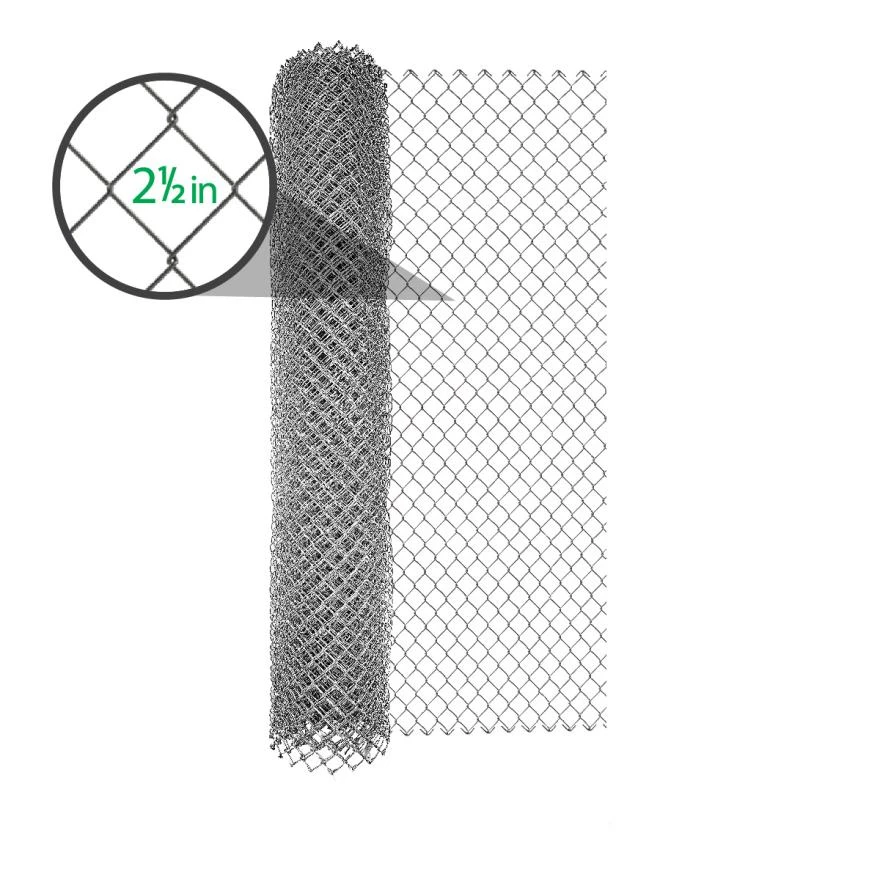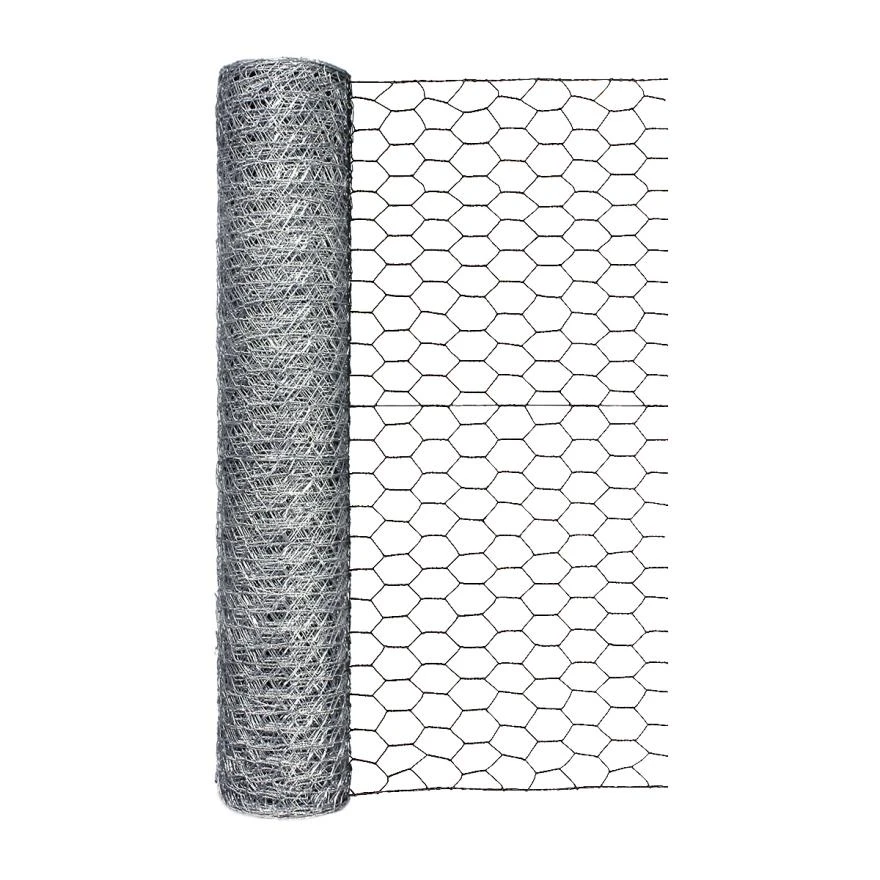vineyard line posts
Jan . 26, 2025 01:24
Vineyard line posts play an integral role in the viticulture landscape, effectively serving as the backbone of vineyard infrastructure. Understanding their importance, selection criteria, installation process, and ongoing maintenance is crucial for any vineyard owner or viticulturist aiming to optimize their grape production and maintain vineyard health.

The essence of vineyard line posts lies in their primary function they support the trellis system, which in turn supports the grapevines. A well-established trellis system optimizes sunlight exposure, improves air circulation, and facilitates the management of vines, resulting in healthier grape clusters. Selecting the right line posts involves a nuanced understanding of several factors, such as material, durability, cost-effectiveness, and environmental factors specific to one’s vineyard location.
Material selection is paramount when choosing vineyard line posts. The most common materials include wood, metal, and composite substances. Wooden posts, traditionally favored for their aesthetic and ease of implementation, may be susceptible to rotting over time unless treated properly. Metal posts, typically made from galvanized steel, offer unmatched durability and resistance to weather elements, albeit often at a higher price point. Composite line posts, a more modern innovation, promise a balance between longevity and environmental sustainability, as they are often made from recycled materials.

The installation process of vineyard line posts demands precision and expertise. Proper spacing is key, as it significantly influences the stability of the trellis system. The posts should be spaced evenly according to the grapevine variety and the vineyard design. Typically,
line posts are spaced about 20 to 30 feet apart. Each post must be anchored securely into the ground to withstand the forces of nature and the weight of the grapevines. In areas prone to high winds or heavy precipitation, the anchorage requires even more careful consideration, sometimes necessitating the use of concrete or deeper installations.
Beyond installation, routine maintenance of vineyard line posts ensures long-term effectiveness and cost efficiency. Regular inspection is necessary to identify early signs of wear, such as wobbling, rust on metal posts, or cracking in wooden posts. Timely intervention can prevent minor issues from escalating into significant structural failures that could compromise vine health.
vineyard line posts
Furthermore, vineyard line posts significantly impact labor efficiency and vineyard operations. They facilitate mechanized harvesting, pruning, and spraying by providing solid structural support for the machinery. This not only reduces labor costs but also enhances the precision of vineyard management practices.
Sustainability is another critical consideration in the modern vineyard, and choosing environmentally responsible line posts can contribute to a vineyard’s sustainability credentials. Opting for sustainable materials or investing in recycling initiatives at the end of the line post’s life cycle helps minimize environmental impact, aiding in the preservation of the land for future generations.
Moreover, expert advice and consultations offered by vineyard infrastructure specialists and engineers can provide invaluable insights tailored to specific vineyard needs, enhancing decision-making regarding line post selection and management.
In summary, vineyard line posts, though often understated, are a pivotal element in the architectural design of vineyards. Their careful selection, meticulous installation, and diligent maintenance exemplify the synergy of experience, expertise, authoritativeness, and trustworthiness necessary for successful vineyard operation. By leveraging these pillars, vineyard managers can optimize grape yield and quality, ultimately contributing to the sustainability and profitability of the vineyard.











 Unity
Unity Creation
Creation Challenge
Challenge Contribution
Contribution










